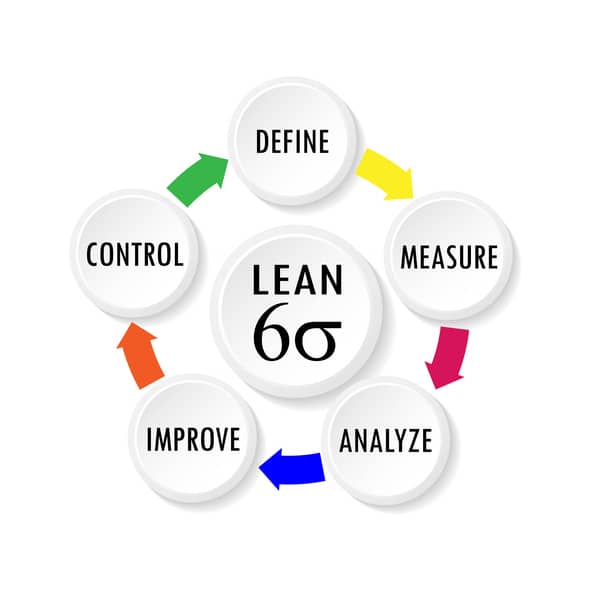Military personnel looking for skills to prepare them for the best jobs in the military – as well as make them attractive job candidates after they leave or transition out of the service – may find what they need with a Six Sigma certification.
In the past decade, military branches have increasingly turned toward Six Sigma as a way to make operations more efficient. While the methodology often is altered to fit within an armed services framework, the benefits have been substantial for military branches, the U.S. Department of Defense and private defense contractors.
The process has become so valuable that the U.S. Army holds a Lean Six Sigma Excellence Awards Program. The most recent awards, held in May 2017, honored 13 Lean programs that saved the Army millions of dollars.
“The Army makes a conscious effort to analyze and improve the processes that undergird our core mission to fight and win our nation’s wars,” Dr. Charles Brandon, director of the Continuous Process Improvement Office within the Army’s Office of Business Transformation, said at the ceremony in Washington, D.C.
“Eliminating billions of dollars in waste and delivering readiness at best value makes us Army Strong.”
Getting An Edge With Six Sigma Certification
The adoption of Six Sigma methodology across branches of the military has given servicemembers the ability to learn skills that benefit them not only during their time of service, but also after they leave.
In addition to the growing popularity of Six Sigma across a variety of industries, demand also has emerged for those with security clearance for jobs in defense-related private industries. That makes servicemembers with security clearance and Six Sigma certification extremely attractive candidates for jobs in the private sector.
However, the possibilities extend beyond just defense-related work. At its core, Six Sigma methodology is about examining processes, identifying and eliminating inefficiencies and reducing mistakes. If done correctly, organizations produce a better product while wasting less time and money.
That appeals to every private industry, nonprofit organization and even non-military government agencies. And that means a wealth of opportunities for former servicemembers with Six Sigma certification.
Six Sigma Success in the Military
Military personnel have the opportunity to leverage Six Sigma skills while serving their country because the methodology gets strong support from military leaders. That’s due to its proven track record of improving operations.
At the recent awards ceremony, the U.S. Army honored 13 programs that used Lean Six Sigma to improve operations and increase the military’s readiness for combat.
They included a program in the Army’s financial management office that avoided $1.7 million in costs, saved $9.5 million in ongoing operations and generated $55 million in revenue.
Lean Six Sigma also helped Army medical staff initiate projects that improved healthcare for servicemembers as well as created a financial benefit of $5.7 million.
Past examples also show the merits of Six Sigma. The Joint Munitions Command used Lean Six Sigma methodology to decrease the amount of time for training reports from 295 minutes to 1.41 minutes. Other successes included reducing processing time for security clearances by 70%, improving repair cycle time for military aircraft by 90% and generating $11 million in savings by reconciling aviation fuel costs and the flying hours actually needed.
Clearly, earning Six Sigma certification can open the door for servicemembers who want to work on the cutting edge of process improvement within the military, as well as equip themselves with transitional skills once they enter the private sector.



